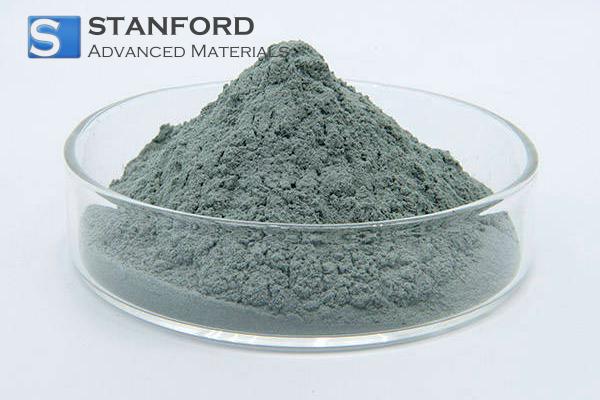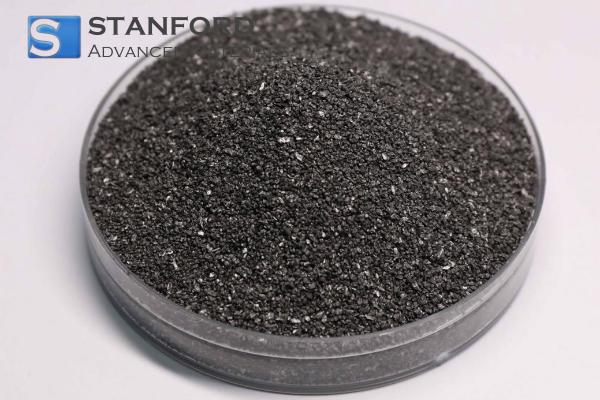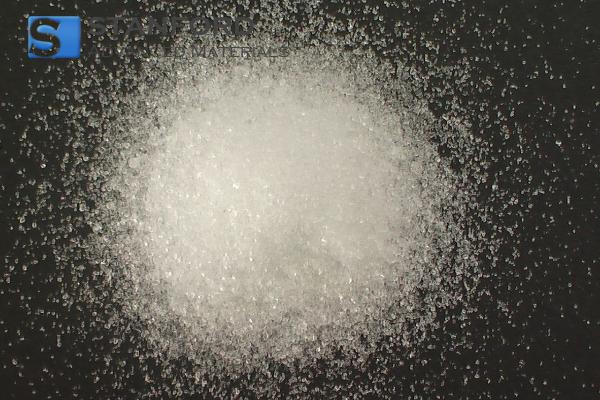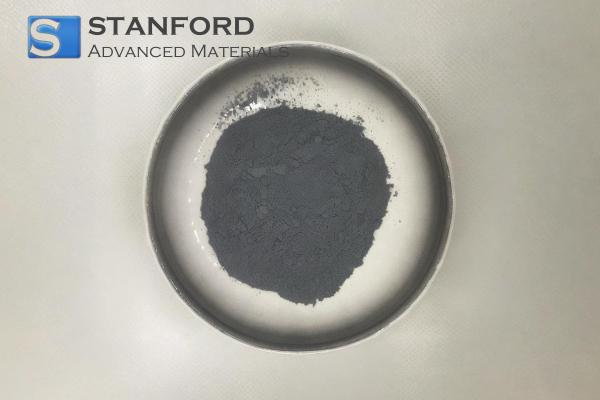Inversion Temperature Explained
Introduction
The concept of the inversion temperature is fundamental in thermodynamics, chemistry and physics, particularly for understanding the behaviour of gases and vapours. It is defined as the temperature at which the specific volume of a gas equals that of its corresponding liquid phase. In simple terms, this temperature indicates the point at which a gas can be liquefied by increasing pressure without the need for a reduction in temperature.
Definition of the Inversion Temperature
In the context of gases, the inversion temperature is defined as the temperature above which a gas cannot be liquefied solely by the application of pressure. Below this temperature, an increase in pressure may cause the gas to condense into a liquid.
This term is often associated with real gases—gases that exhibit non-ideal behaviour—as opposed to ideal gases. Real gases deviate from the ideal gas law, especially at high pressures and low temperatures. The inversion temperature is a characteristic property of each gas and is a determining factor in whether a gas can be liquefied through compression.
Mathematical and Thermodynamic Explanation
The inversion temperature can be examined using the van-der-Waals equation, which is a state equation for real gases. This equation accounts for non-ideal behaviour by including both the attractive forces between molecules and the finite volume occupied by gas molecules.
For a real gas, the van-der-Waals equation is expressed as follows:
(P + a / V²) * (V - b) = RT
Where:
- P = pressure
- V = volume
- a = van-der-Waals constant representing intermolecular attraction
- b = van-der-Waals constant representing the volume occupied by the molecules
- R = gas constant
- T = temperature
At temperatures above the inversion temperature, the kinetic energy of gas molecules is sufficient to overcome intermolecular forces; consequently, pressure alone does not induce liquefaction. Below this temperature, the intermolecular attractions cause the gas to condense when compressed.
The inversion temperature therefore marks the point at which the gas’s compressibility changes from one that permits liquefaction only under certain conditions to one where compression does not result in condensation.
Factors Affecting the Inversion Temperature
Several factors influence a gas’s inversion temperature:
Molecular Structure:
The chemical composition and structure of a gas greatly influence its inversion temperature. Gases composed of larger or more complex molecules often exhibit lower inversion temperatures.
Intermolecular Forces:
Gases in which the intermolecular forces (such as hydrogen bonds or van-der-Waals forces) are stronger generally have lower inversion temperatures because the molecules condense at lower temperatures when compressed.
Size of the Atoms:
Larger atoms or molecules containing more electrons may experience increased London dispersion forces. This increase in attractive forces raises the probability of liquefaction at lower temperatures, thereby reducing the inversion temperature.
Inversion Temperature and Gas Liquefaction
The inversion temperature is critical when assessing the liquefaction of gases. For example, carbon dioxide (CO₂) has an inversion temperature of approximately 31 °C. This implies that CO₂ cannot be liquefied by pressure alone at temperatures exceeding 31 °C. However, below 31 °C, the gas can be compressed into a liquid.
This principle is relevant in several industrial processes, such as:
- Refrigeration: In cooling systems, gases such as ammonia and freon are used. Knowing the inversion temperature allows engineers to design systems that maintain the gas in the appropriate phase under specified pressure and temperature conditions.
- Gas Liquefaction: In the processing of natural gas (e.g. methane), the gas is cooled and compressed. The inversion temperature assists engineers in determining the operational parameters required for efficient liquefaction.
- Further information is available at Stanford Advanced Materials (SAM).
Inversion Temperature in Practical Applications
Cryogenics:
The field of cryogenics involves the generation and study of very low temperatures. The inversion temperature is used to understand the liquefaction of gases in cryogenic processes. For instance, oxygen and nitrogen are liquefied at temperatures well below their inversion temperatures.
Natural Gas Processing:
In the natural gas industry, gases such as methane are cooled for transport and compression. The inversion temperature provides engineers with guidelines on how to manipulate pressure and temperature to liquefy these gases effectively.
The Joule-Thomson Effect:
The inversion temperature is related to the Joule-Thomson effect. This process describes the temperature change that occurs when a gas expands or is compressed through a valve or porous plug. At temperatures exceeding the inversion temperature, expansion leads to heating; below it, expansion results in cooling. This phenomenon is applied in refrigeration and gas expansion systems.
Air Conditioning:
Understanding the inversion temperatures of refrigerants enables engineers to design air conditioning systems that efficiently manage the cooling and compression cycles required for effective heat exchange.
Frequently Asked Questions
What is the inversion temperature?
The inversion temperature is the temperature above which a gas cannot be liquefied solely by increasing pressure. Below this threshold, increased pressure may cause the gas to condense into a liquid. This property depends on the gas’s molecular structure and the strength of its intermolecular forces.
Why is the inversion temperature important in gas liquefaction?
The inversion temperature determines whether an increase in pressure will result in liquefaction. For gases that are above their inversion temperature, compression does not cause condensation. Knowledge of this temperature aids in planning industrial processes such as refrigeration, natural gas liquefaction and cryogenics.
How does the inversion temperature influence the Joule-Thomson effect?
The inversion temperature is linked to the Joule-Thomson effect, which details the temperature change experienced by a gas when it expands or is compressed. If a gas is above its inversion temperature, expansion results in an increase in temperature; if it is below, expansion leads to cooling. This principle is applied in cooling and air conditioning systems.
What factors influence a gas’s inversion temperature?
Factors that impact the inversion temperature include the molecular structure of the gas, the strength of its intermolecular forces (for example, hydrogen bonding or van-der-Waals forces) and the size of its atoms. Gases composed of larger, more complex molecules or those with stronger attractive forces typically have lower inversion temperatures.
Can the inversion temperature be used when selecting gases for industrial applications?
Yes, the inversion temperature is an important consideration in selecting gases for industrial applications. In fields such as refrigeration and cryogenics, choosing a gas with an appropriate inversion temperature allows for operations under specified pressure and temperature conditions. This parameter assists in optimising processes such as gas liquefaction and transportation.

 Bars
Bars
 Beads & Spheres
Beads & Spheres
 Bolts & Nuts
Bolts & Nuts
 Crucibles
Crucibles
 Discs
Discs
 Fibers & Fabrics
Fibers & Fabrics
 Films
Films
 Flake
Flake
 Foams
Foams
 Foil
Foil
 Granules
Granules
 Honeycombs
Honeycombs
 Ink
Ink
 Laminate
Laminate
 Lumps
Lumps
 Meshes
Meshes
 Metallised Film
Metallised Film
 Plate
Plate
 Powders
Powders
 Rod
Rod
 Sheets
Sheets
 Single Crystals
Single Crystals
 Sputtering Target
Sputtering Target
 Tubes
Tubes
 Washer
Washer
 Wires
Wires
 Converters & Calculators
Converters & Calculators
 Write for Us
Write for Us





 Chin Trento
Chin Trento



